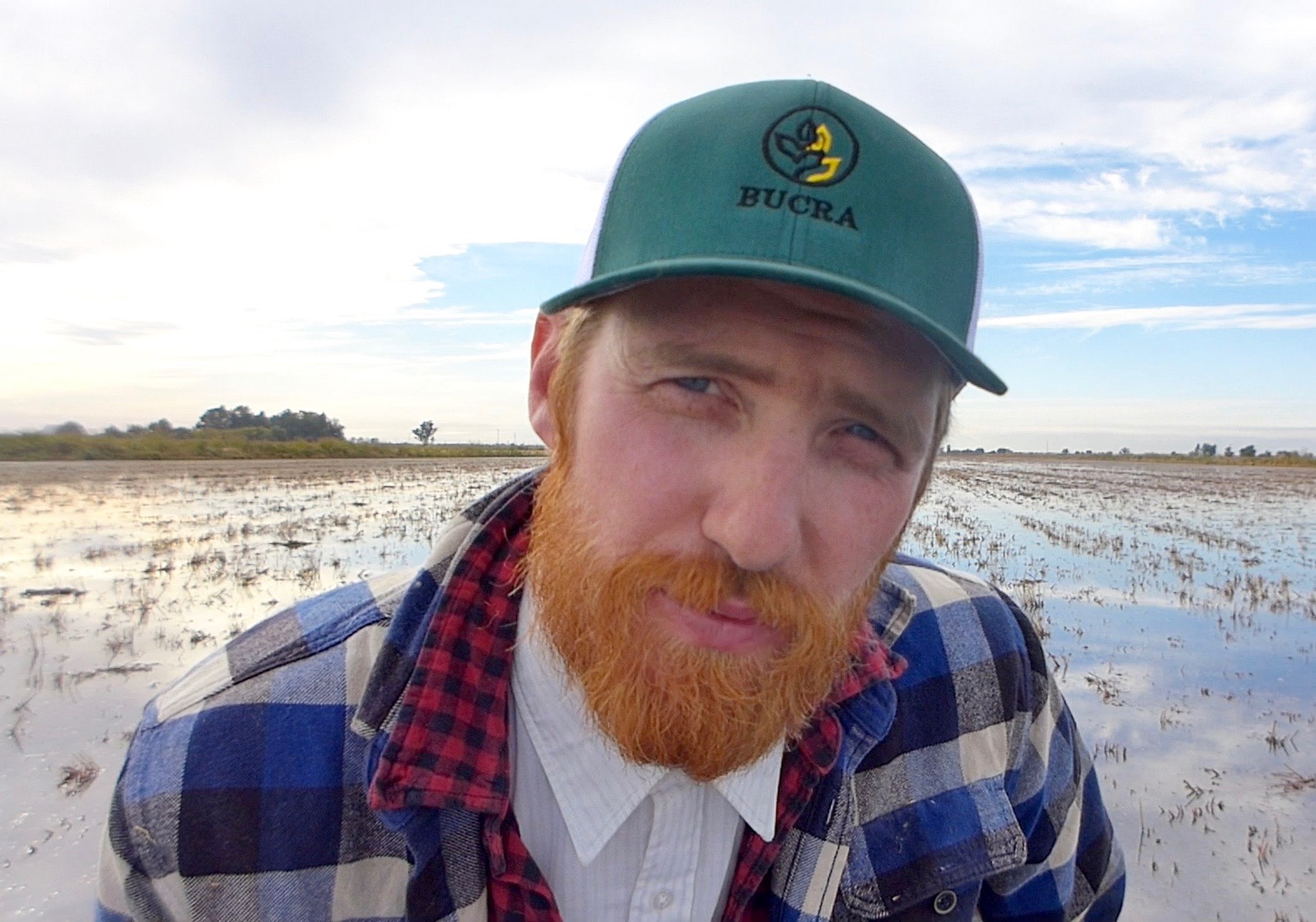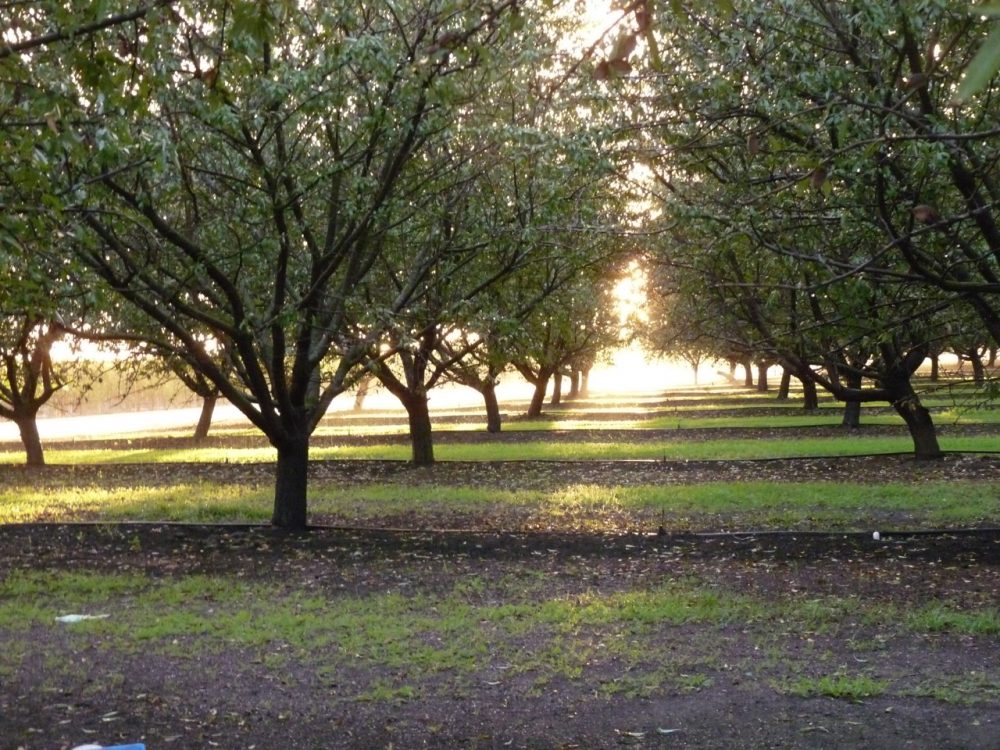Knowing Your Buyer is Goal of Farmer
California Farmer Finds Market in Food Service
By Tim Hammerich, the AgInformation Network of the West
How can more farmers get to know the people who ultimately buy their products?
Michael Bosworth is a 5th generation California Rice Farmer in Rio Oso. His curiosity about where his rice was going lead to him selling rice to high end restaurants in Sacramento. When that seemed to be taking off, he launched Next Generation Foods. The company now supplies food service customers all throughout Northern California with a variety of local foods.
“We also work a lot with the other farmers. We have an olive oil producer, we have a couple of vinegar suppliers,” said Bosworth. “We have a great organic farmer named Ed Sills, and he does organic popcorn. We sell a lot of that to the Golden One Center, which is the sports arena in Sacramento that the Sacramento Kings play at. So we’re their exclusive popcorn supplier for them, and they really value local food.”
When asked for advice on how other farmers may better understand their consumers, Bosworth had an interesting and practical piece of advice.
“I would really encourage any grower or any participant in agriculture to go to a food show. You know, farm shows are great. It’s good to learn about what you’re doing on your farm, but it’s really, really good to learn about what’s happening after the product leaves your farm,” he said.
To learn more about Michael’s direct food distribution company, visit www.NextGenFoods.com.


















